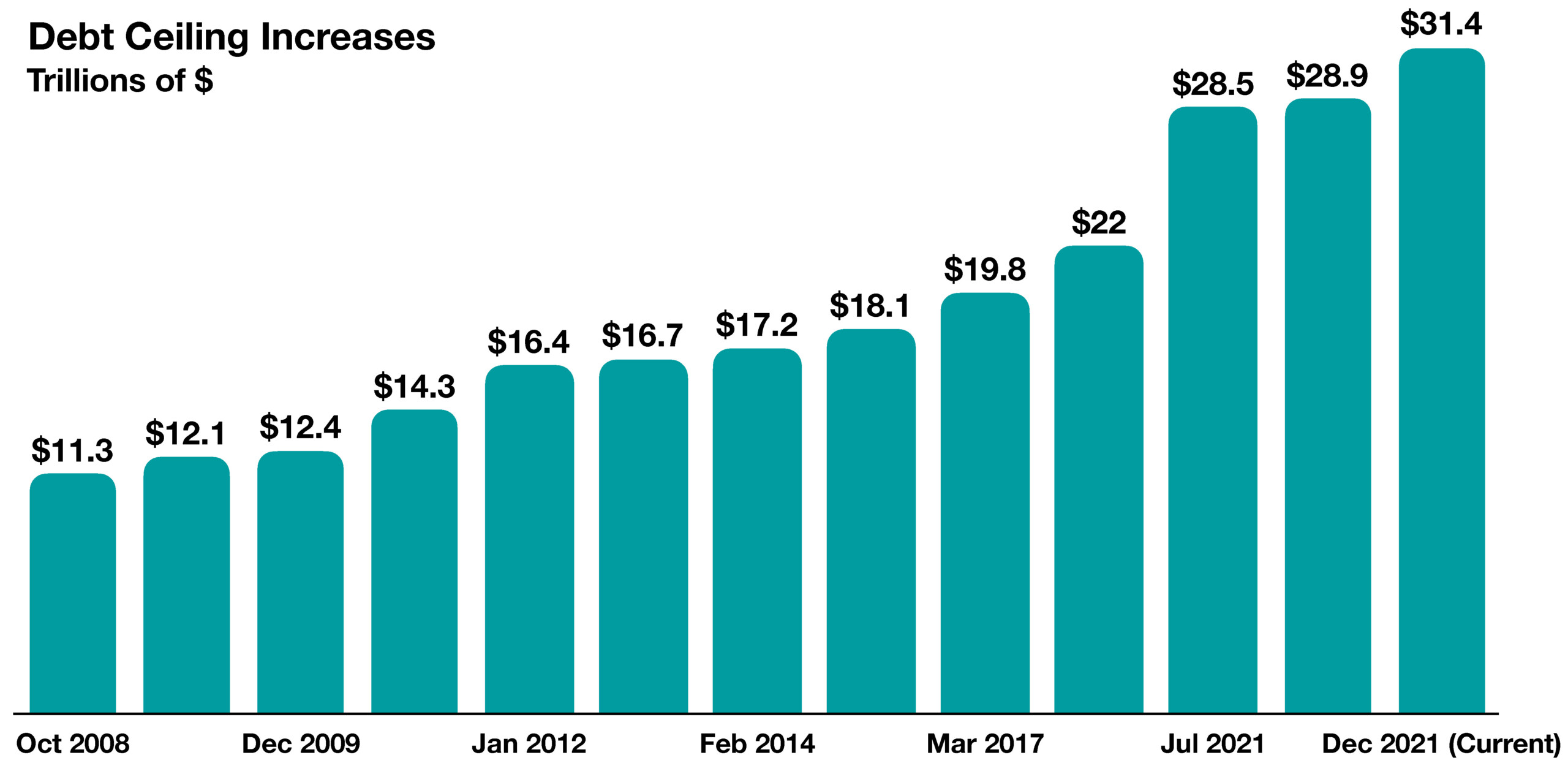
KCG Investment Advisory Services
Kimberly Good
315 Commercial Drive, Suite C1
Savannah, GA 31416
912.224.3069
Stock Indices:
| Dow Jones | 40,669 |
| S&P 500 | 5,569 |
| Nasdaq | 17,446 |
Bond Sector Yields:
| 2 Yr Treasury | 3.60% |
| 10 Yr Treasury | 4.17% |
| 10 Yr Municipal | 3.36% |
| High Yield | 7.69% |
YTD Market Returns:
| Dow Jones | -4.41% |
| S&P 500 | -5.31% |
| Nasdaq | -9.65% |
| MSCI-EAFE | 12.00% |
| MSCI-Europe | 15.70% |
| MSCI-Pacific | 5.80% |
| MSCI-Emg Mkt | 4.40% |
| US Agg Bond | 3.18% |
| US Corp Bond | 2.27% |
| US Gov’t Bond | 3.13% |
Commodity Prices:
| Gold | 3,298 |
| Silver | 32.78 |
| Oil (WTI) | 58.22 |
Currencies:
| Dollar / Euro | 1.13 |
| Dollar / Pound | 1.34 |
| Yen / Dollar | 142.35 |
| Canadian /Dollar | 0.72 |
KCG Continues to Advance in Client Services, Administration and Portfolio Management
As you know, KCG has always been focused on delivering a personalized, high-touch “white glove” service for my Clients. To further that level of service and enhance the investment process, Destiny became a minority partner (25%) in a stock swap with KCG in January 2021 and we agreed to proceed under the Destiny Wealth Partners umbrella organization. Destiny model portfolios performed quite well in the secular bear market of 2022, reducing potential losses significantly when compared with the broad market indices. In unpredictable and bull markets however, performance has been mixed. Those of you who have been my Clients for more than three years are aware of my skill in delivering benchmarked returns commensurate with your investment objectives and risk tolerance.
As President and Chief Investment Officer of KCG, my Clients’ best interests will always come first. While a specific date has not yet been set, I will be withdrawing from the Destiny partnership by year-end. I believe that re-introducing the familiar KCG portfolios and further expanding the universe of investment options is the right decision at this time.
Moving forward, I intend to develop new partner relationships under the Client-focused KCG banner, fully utilizing my skills as a portfolio manager and financial advisor, where our partners will add to available investment solutions and a robust, more seasoned back office to serve you. I am very excited for this next growth stage of KCG and welcome any questions you may have.
Sincere Regards,
Kimberly

